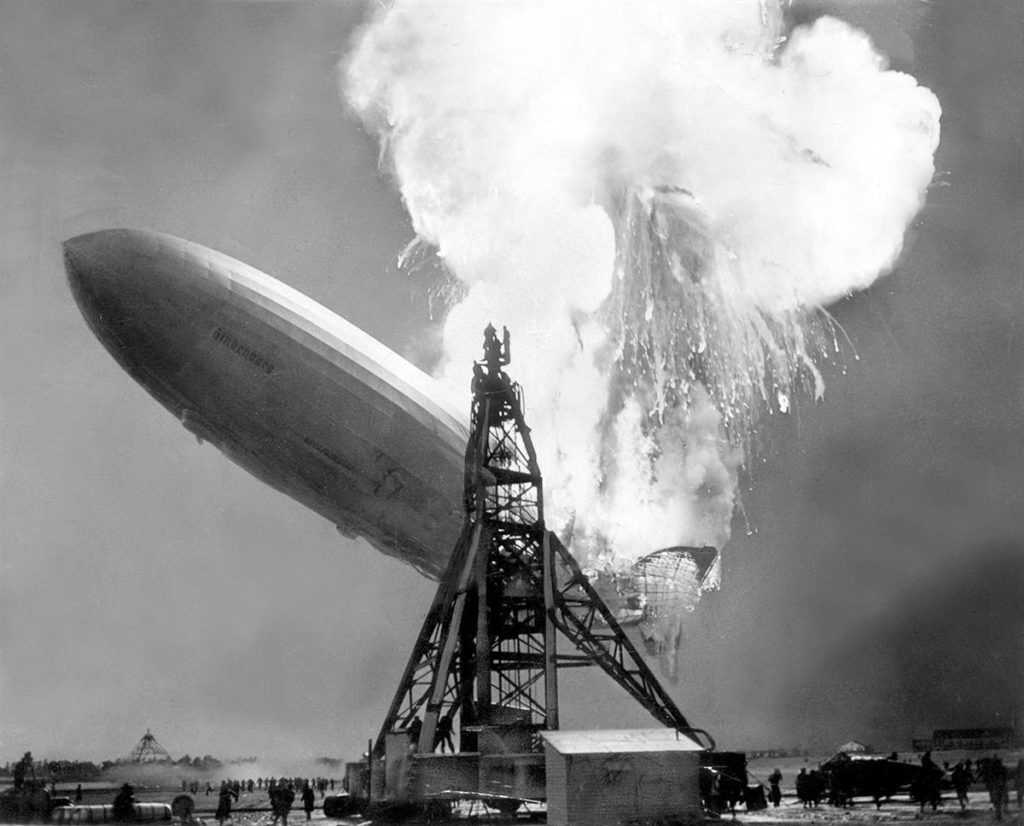Germany built the biggest and best airships, having honed the technology after constructing huge Zeppelins from the early years of the 20th century. The guiding light was Count Ferdinand von Zeppelin, who finalized his revolutionary design for a rigid-frame airship in the 1890s. Before World War I Zeppelins were being used for scheduled passenger flights by the world’s first commercial airline, DELAG (short for German Airship Travel). These craft were modified for use as scouts and bombers after war broke out in 1914.
Count Zeppelin died in 1917 but, after the Armistice, colleague Dr Hugo Eckner resurrected the civilian air transport concept, finally making the breakthrough in 1924 when America ordered a dirigible and the Zeppelin company created LZ126, its finest airship yet. This served successfully as the USS Los Angeles until 1932 after an 8,000 km (5,000 mi) transatlantic delivery voyage lasting 81 hours. Thus energized, Eckner created the magnificent LZ127, christened Graf Zeppelin and launched in 1928. After this sturdy craft completed an impressive global circumnavigation in 21 days, commercial flights between Germany and Brazil began.
This service was very successful, but when the Nazis came to power they took over Zeppelin flights, including those by the most advanced airship of them all, LZ129. The Hindenburg was designed to be lifted by inert helium rather than flammable hydrogen and took to the skies in 1936, quickly being pressed into service on transatlantic crossings. Unfortunately, an embargo on strategic supplies meant insufficient helium could be obtained, so hydrogen was used. It was a fatal decision. In May 1937, at America’s Lakehurst airship facility, Hindenburg’s swastika decorated tail caught fire at the mooring mast. Within 34 seconds she was engulfed in flames as horrified spectators watched helplessly and a dramatic radio commentary was broadcast live. Of 97 on board, 62 survived.
When was the Hindenburg Disaster: May 6 1937
Where was the Hindenburg Disaster: Lakehurst, New Jersey, USA
What was the Hindenburg Disaster death toll: 35 (22 crew and 13 passengers)
You should know: The art deco spire atop New York’s iconic Empire State Building was originally designed as a mooring mast, thus creating a terminal where airships could dock. The 102nd floor was designated as a landing area, complete with gangplank, while an elevator carried outgoing passengers up from check-in on the 86th-floor observation deck. The idea was trialed but proved impractical as powerful air currents around the building made the whole operation too dangerous.























